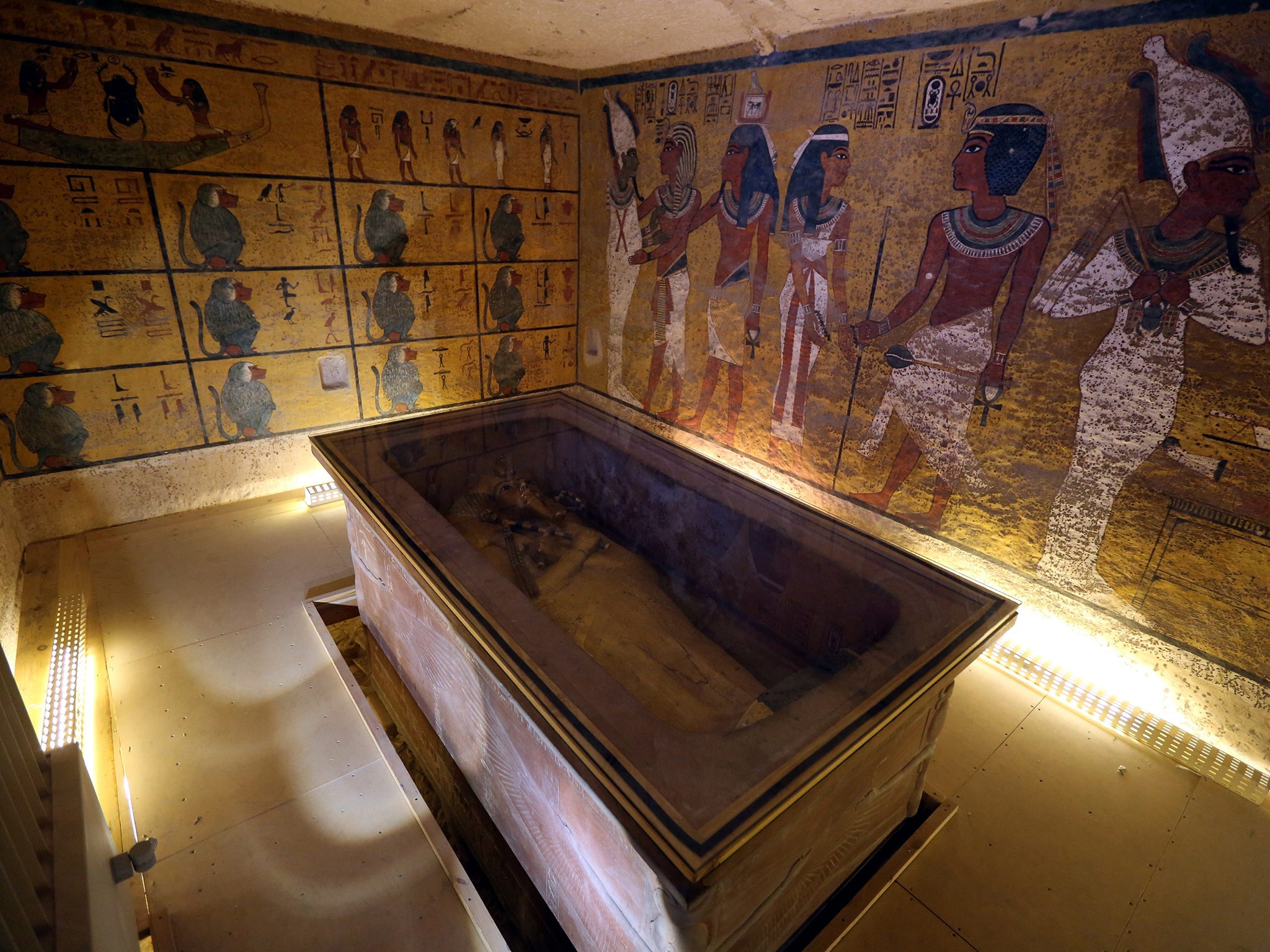Nefertiti: Who is the mysterious Queen who might be hiding in Tutankhamun's tomb?
Radar scans of King Tut's tomb have potentially uncovered two new chambers inside the pharaoh’s mausoleum

Your support helps us to tell the story
From reproductive rights to climate change to Big Tech, The Independent is on the ground when the story is developing. Whether it's investigating the financials of Elon Musk's pro-Trump PAC or producing our latest documentary, 'The A Word', which shines a light on the American women fighting for reproductive rights, we know how important it is to parse out the facts from the messaging.
At such a critical moment in US history, we need reporters on the ground. Your donation allows us to keep sending journalists to speak to both sides of the story.
The Independent is trusted by Americans across the entire political spectrum. And unlike many other quality news outlets, we choose not to lock Americans out of our reporting and analysis with paywalls. We believe quality journalism should be available to everyone, paid for by those who can afford it.
Your support makes all the difference.The most famous tomb in the world may have been shared, a discovery that could unlock one of the world’s greatest mysteries: What happened to a beautiful queen who once ruled ancient Egypt?
On Thursday, Egypt’s minister of antiquities announced that radar scans of King Tut's tomb have potentially uncovered two new chambers inside the pharaoh’s mausoleum. The scans, added Mamdouh al-Damaty, revealed metal and organic masses that suggest there are funeral objects inside the rooms.
"It could be the discovery of the century,” Damaty told reporters. “It's very important for Egyptian history and the history of the world." The spaces could have belonged to king or queen, he said, adding that further scans are scheduled at the end of the month to determine the size of the chambers and the thickness of the walls.
The question on many an Egyptologist’s mind: Could Queen Nefertiti, said to be Tutankhamun's stepmother, also be buried here?
Ever since British archaeologist Nicholas Reeves suggested in August that Nefertiti’s final resting place could be in one of the chambers of Tutankhamun's tomb, the archaeological world has been tantalized with the prospect of uncovering another monumental discovery in Egypt.
King Tutankhamun died at the age of 19. The discovery of his tomb in 1922 in Luxor in southern Egypt, along with thousands of priceless artifacts including the boy king’s famed gold burial mask, triggered global interest in ancient Egypt. At a time when Egypt is struggling with an economic crisis and militant attacks, finding Queen Nefertiti’s tomb could rejuvenate tourism and worldwide interest in the North African country.
Nefertiti, historians say, was one of the wives of Tutankhamun’s father, Akhenaten. She was known for her beauty and was the subject of a famous 3,300-year old bust that is now in Berlin. Akhenaten was succeeded by a pharaoh named Smenkhare and next by Tutankhamun. The family’s rule ended with a military takeover, and their names were later erased from official records.
Damaty declined to speculate if Nefertiti could be buried in the new chambers, but he said it was possible they could contain the tomb of a member of Tutankhamun’s family. The radar scans, he said, showed anomalies in the tomb’s walls, suggesting a possible hidden door and the additional rooms, which lay behind walls painted with hieroglyphics.
© Washington Post
Join our commenting forum
Join thought-provoking conversations, follow other Independent readers and see their replies
Comments